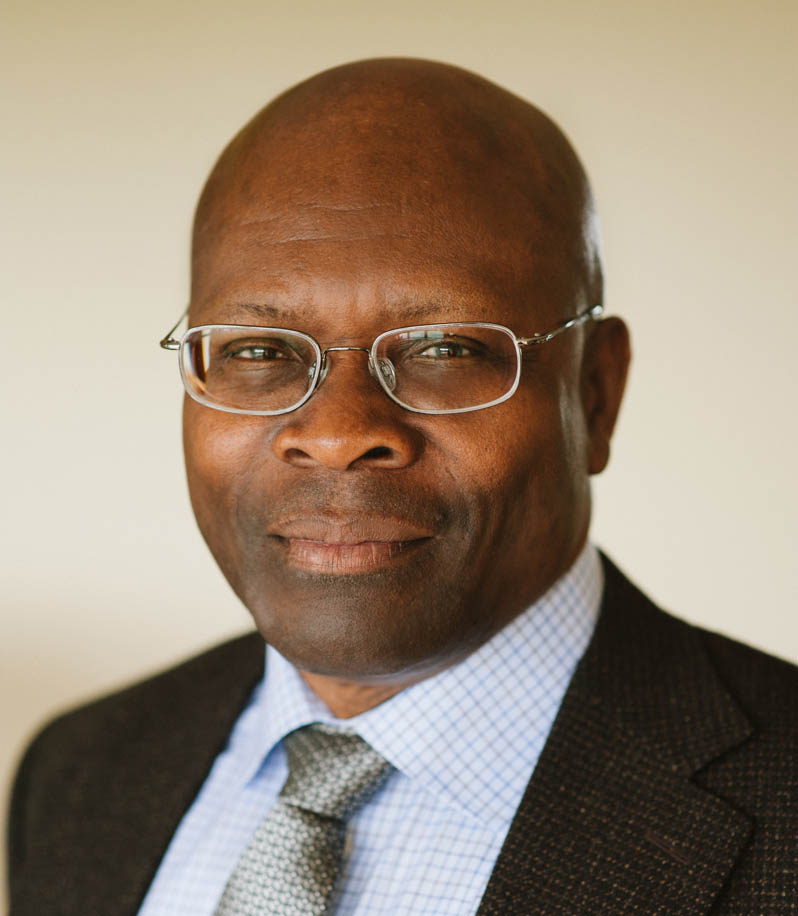
Professor Dunham's MolES-related interests lie in modeling and simulation of chalcopyrite (CIGS and CZTS), silicon and polymer photovoltaics. Efforts within the Nanotechnology Modeling Laboratory are focused on obtaining basic understanding of nanofabrication processes and device operation and applying that knowledge to produce better models, simulators, and devices. Read More

Professor Gamelin's research targets the development and physical characterization of new functional inorganic materials, with particular focus on semiconductor nanostructures and thin films for photophysics, spin-photonics, and solar energy conversion. Read More

The Ginger Research Group pioneers techniques such as time-resolved electrostatic force microscopy (trEFM) and photoconductive atomic force microscopy (pcAFM) to study nanostructured solar cells, energy efficient light-emitting diodes, and biosensors. Read More

Professor Hillhouse's research is focused on the molecular science and engineering of clean energy conversion devices. In the area of solar cells, research topics in his group span the range from fundamental studies of semiconductor nanocrystal growth, colloidal and interfacial chemistry, nanostructure self-assembly, and semiconductor defect chemistry to the development of novel device architectures that will enable roll-to-roll printing of low-cost high-efficiency solar cells from molecular and nanocrystal-inks. Read More

Our research is focused on the molecular engineering of organic and polymeric materials for electronic, photonic, and energy applications. Our studies include synthesis, processing, self-assembly, structure-property relationships, photophysics, and charge transport of organic and polymer semiconductors. Ongoing device engineering applications include thin film transistors, photovoltaic cells, light emitting diodes, and photodetectors. Read More

Our group studies and utilizes three-dimensionally confined nanoparticles such as colloidal quantum dots (QD) and plasmonic nanoparticles (NP) to build various nanophotonic devices. These materials harvest strong near-field interaction with light, and have opened new directions in nanophotonic devices and integration, as well as various applications in biomedicine and nanotechnology. We investigate light detection, harvesting, stimulation of cells and trapping using nanostructures. In addition, we also pursue device integration in micro-scale utilizing optical MEMS technology. Read More

The goal of our research is to create new sensor and automation technology applications in such fields as non-destructive testing, power engineering, and manufacturing control using latest advances in signal processing, robotics, and communications. We are particularly interested in developing energy-efficient electrohydrodynamic air movers and using dielectric spectroscopy for non-destructive testing and forensics. Read More

Research in Overney’s Lab focuses on obtaining a fundamental understanding of material functionalities involving nano-confined complex molecular systems. We are particularly interested in i) identifying basic internal and external constraints that are responsible for unique material and transport properties, and ii) applying knowledge of molecular- and nano-constraints to material engineering in a rational fashion, with focus on the molecular building blocks, their subunits, and their temporal and spatial mobilities. Read More

The Posner Lab research focuses on need-driven research projects including point-of-care in-vitro diagnostics and medical device development. We develop and validate nucleic acid, immuno, and enzyme-based diagnostics for a range of infectious disease applications, including HIV and HCV. We specialize in novel point-of-care sample preparation strategies –such as paper microfluidic devices, enzyme chemistry, and isothermal amplification– for low-resource environments that allow complex samples (such as blood, urine, etc.) to be adapted to assays that typically require many human handling steps. We use device fabrication, novel chemistry, electrokinetics, optics, mobile phones, and machine learning to develop integrated and quantitative diagnostics at the point-of-use. Read More